 Dr. Neeraj Jain
Dr. Neeraj Jain
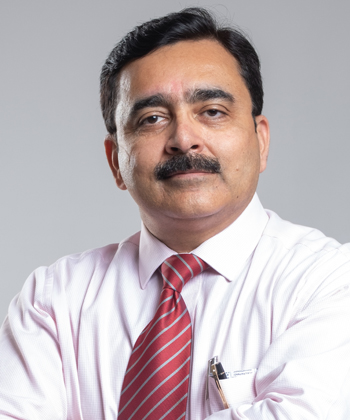 Dr. Bobby Bhalotra
Dr. Bobby Bhalotra
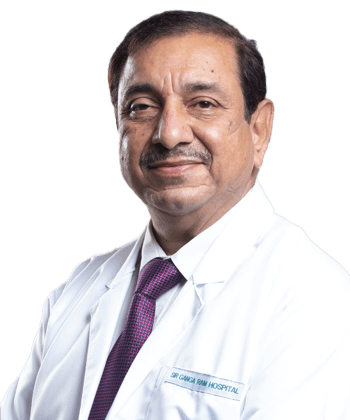 Dr. Arup Basu
Dr. Arup Basu
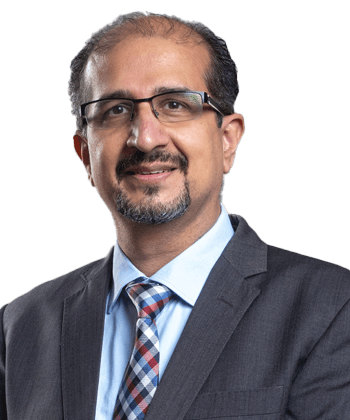 Dr. Amit Dhamija
Dr. Amit Dhamija
 Dr. Ujjwal Parakh
Dr. Ujjwal Parakh
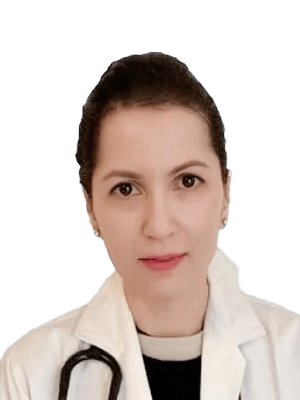 Dr. Rashmi Sama
Dr. Rashmi Sama
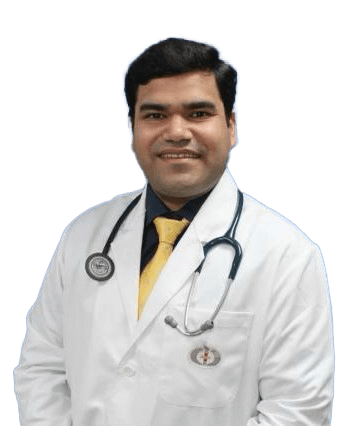 Dr. Abhinav Guliani
Dr. Abhinav Guliani
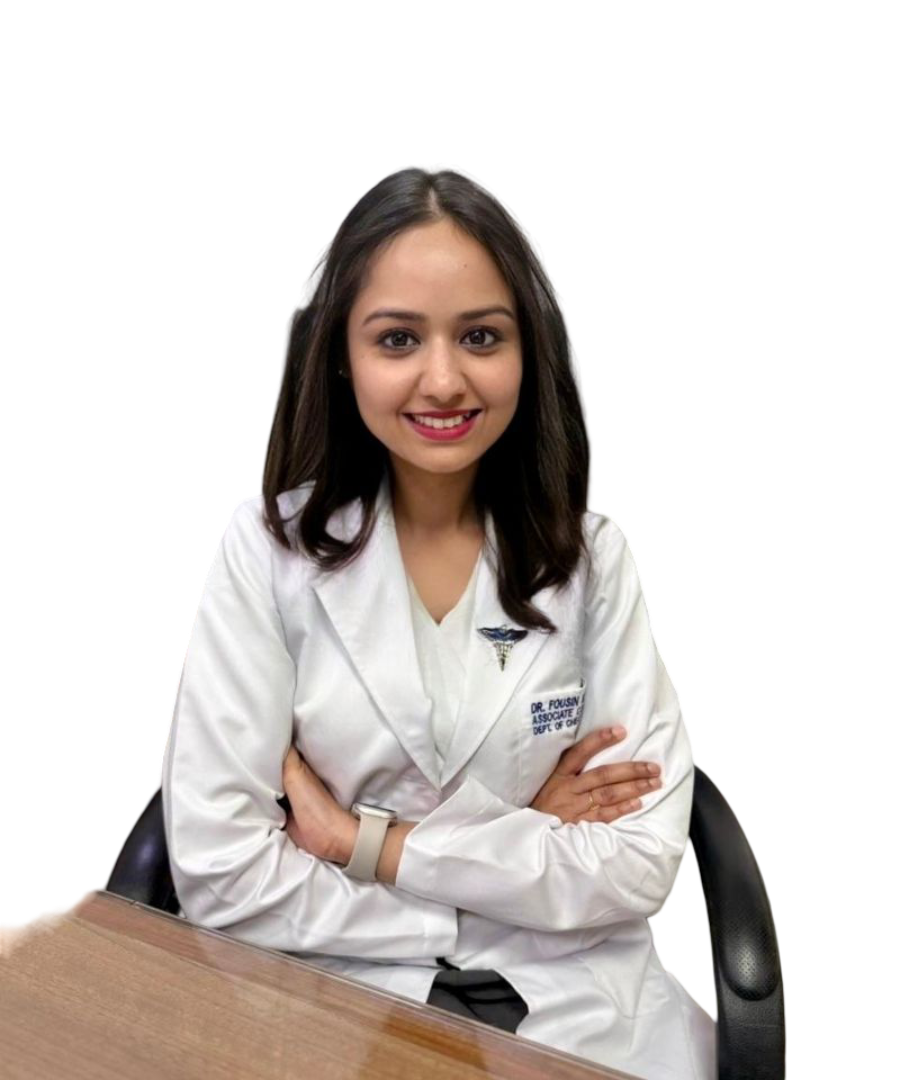 Dr. Fousin M Latheef
Dr. Fousin M Latheef
The Department of Chest Medicine has been functional at SGRH since 1993. It provides high quality care of patients by excellent human resources in its consultants and postgraduate residents, state-of-the-art equipment required for diagnosis and treatment of respiratory diseases, a humane approach combined with total dedication and academic activities to always remain abreast with the latest developments in the field of respiratory medicine. Our department is well equipped to deal with preventive, diagnostic, therapeutic, emergency and rehabilitative aspects of chest medicine to provide quality and comprehensive care for our patients which is comparable to the best in the world.
The spectrum of diseases that we manage therefore includes conditions affecting the airways, lung parenchyma, pleura, mediastinum, chest wall, etc. We have a very important role in managing critically ill patients including those in the ICU. Apart from this, there is also a huge burden of sleep-related breathing disorders especially obstructive sleep apnea, which also falls under the ambit of chest medicine.
Over the last few years, our department has established a reputation nationally in all aspects of interventional pulmonology.
Fibreoptic and rigid bronchoscopy and related procedures:
Endobronchial ultrasound (EBUS)-guided FNAC and intranodal biopsies. We also do radial probe ultrasound-guided sampling of peripheral lung lesions. Our department has been the national training centre for EBUS.
Medical thoracoscopy:
Bronchial thermoplasty: Bronchial thermoplasty is a novel bronchoscopic treatment for patients with severe asthma who remain symptomatic despite optimal medical treatment. Our centre was one of the fi rst centres to introduce this novel technology in North India.
Most recently, we are the exclusive centre in North India for vapour therapy in patients with emphysema.
Our department has an excellent HDU which provides high-quality care to patients with severe lung disease/respiratory failure including BiPAP and NIV.
Our PFT lab is equipped with the latest equipment including plethysmography.
Room no: 1309, 3rd Floor Old Building, Ext: 1308/1309 Helpline no: 2083